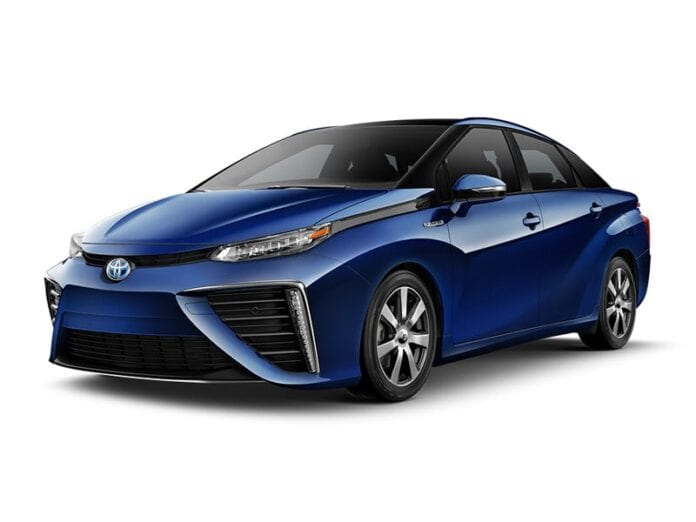Here come 600-mile electric cars and they will grab market share even as city cars. At last, you will be able to buy a car that lets you vacation in it wherever you wish. The detail is in the new IDTechEx report, “Routes to 1000 Mile (1600km) Battery Electric Cars 2021-2041”.
So what is the trick to get long-range? Raghu Das, CEO of analysts IDTechEx says it is actually a swarm of advances.
“We find that better thermal management has a long way to go in improving range and we believe that just improving battery software will boost range by 10%. It is possible to go far beyond the simplification of the die castings coming in the Tesla cars replacing up to 360 parts. Quite separately, in-mold electronics will replace up to 100 parts at a time and in-wheel motors replace gearing, differential, and axles. Some power electronics components will be shared and moving to high voltage greatly reduces cabling and motor weight. Manufacturers can copy the very low drag factor of the Lucid Air and Mercedes EQD and the solar bodywork of Lightyear One and Sono Motors Sion as Hyundai intends to do.”
In 2025, 600-mile cars will be the antidote to range anxiety and more. For example, IDTechEx finds that it sharply increases resale value and useful life (less battery cycling and fast charging aging the battery). Selling electricity vehicle-to-grid is no longer a silly idea when you have some miles to spare. Elon Musk has recently said that battery cost reduction will be particularly helpful and we already see some premium cars having a battery twice as big to boost range. The IDTechEx report, “Lithium-ion Batteries for Electric Vehicles 2021-2041” gives more.
The delay in charging a battery electric vehicle and the need to change your itinerary to do it is an ongoing problem. Partly this is because most people live in cities in apartments with no prospect of their own charger. Fast chargers are expensive and with the now rapid adoption of battery-electric cars, the number queuing to use them and their rarity will be an issue as well as that shortening of battery life.
There is a surge in the adoption of short-range battery-electric cars in cities by people on limited budgets that cannot afford longer-range vehicles. They will learn that short-range causes hassle, risk, and financial distress. Accordingly, when they repurchase, they will be even more interested in getting as long a range as possible.
NEDC range quoted by the Chinese is an exaggeration but you have to experience the halving in real range to realize that even quoted WLTP or EPA range is misleading. In the real world, the car is cold, hot, old, towing something, loaded with people and baggage, or driven energetically, each multiplying the severe hit on the range. For example, towing your road trailer (caravan) can reduce the range 50-66% even if none of the other aspects do not apply at the time. Switching on the robotics can be another hit.
Chargers will never be widely dispersed over the countryside of Scotland, let alone vast countries such as Canada, Kazakhstan, Australia. Battery electric cars will not, therefore, be widely adopted by countryside dwellers and even those wishing to vacation there unless range greatly improves. For them, long-range will be a very strong unique selling proposition. Many will pay much higher prices to get it.
Das concludes, “The UK is a small country yet Ford’s 2021 Go Electric opinion survey showed that UK car buyers are still uncomfortable with the idea of swapping their fossil-fuelled vehicles for an EV. Most severely, from rural areas that was 82%, villages 76%, smaller towns 79%. Overall, a large proportion of drivers said they still think range is a big issue. Ford discovered that the average range that UK consumers think a battery-electric car can travel is 149 miles. Only 6% think an EV can have a range of 250 or over so the problem is partly education but mainly a strong need for a much longer range. That includes a large choice of affordable 300-mile cars by 2023.”
Comparison of different approaches for some very different vehicles. Source: IDTechEx
For more information on this report, please visit www.IDTechEx.com/1000mile, or for the full portfolio of EV research available from IDTechEx please visit www.IDTechEx.com/research/EV.

Help keep news FREE for our readers
Supporting your local community newspaper/online news outlet is crucial now more than ever. If you believe in independent journalism, then consider making a valuable contribution by making a one-time or monthly donation. We operate in rural areas where providing unbiased news can be challenging. Read More About Supporting The West Wales Chronicle
























